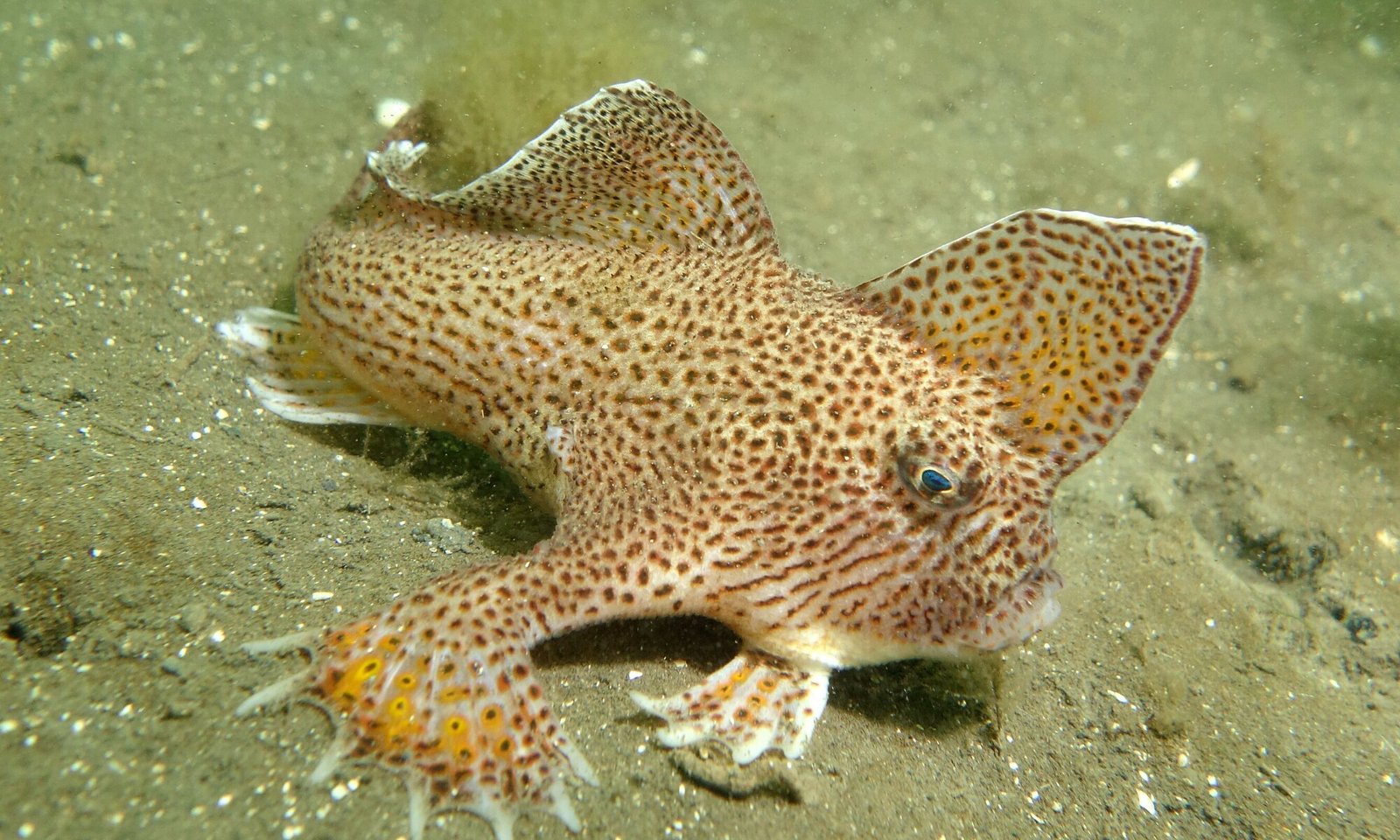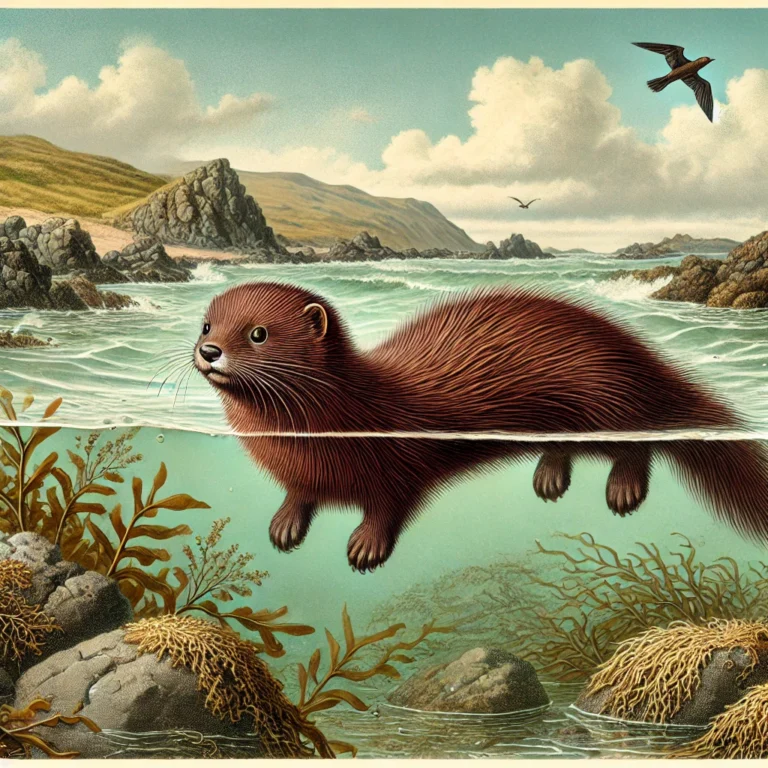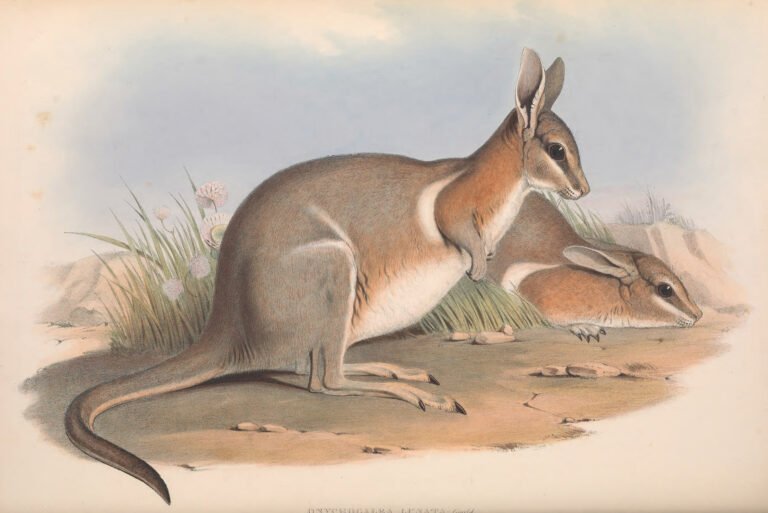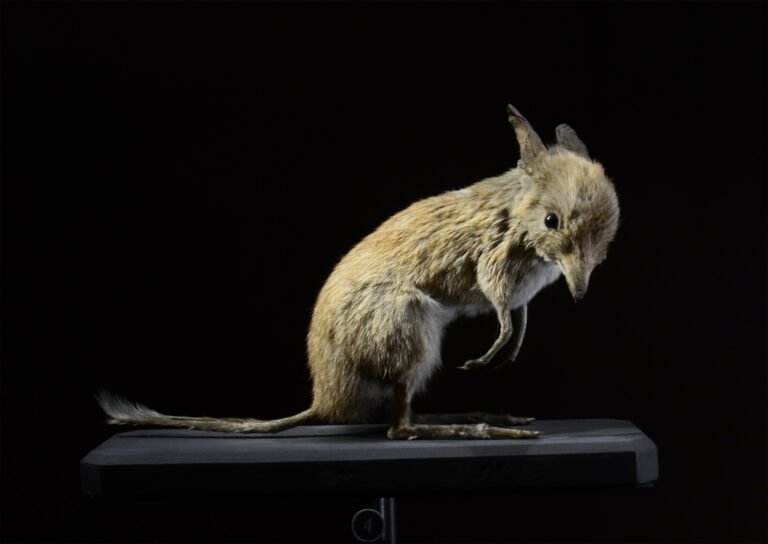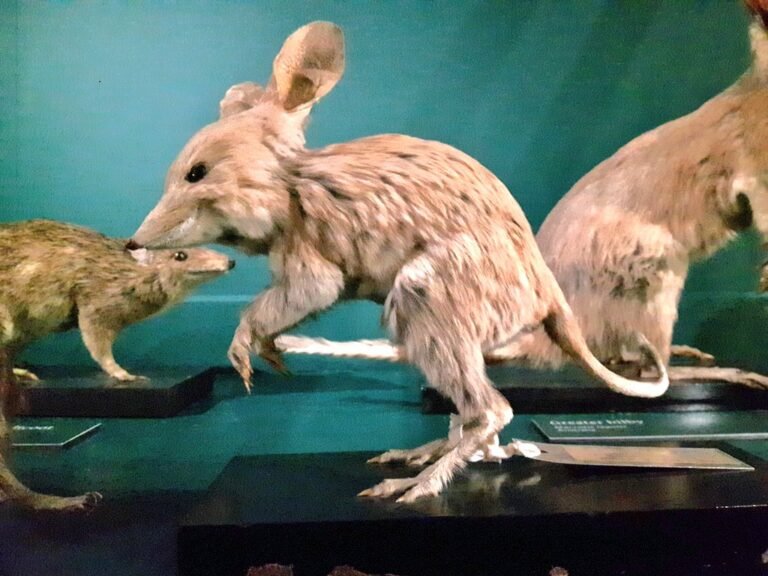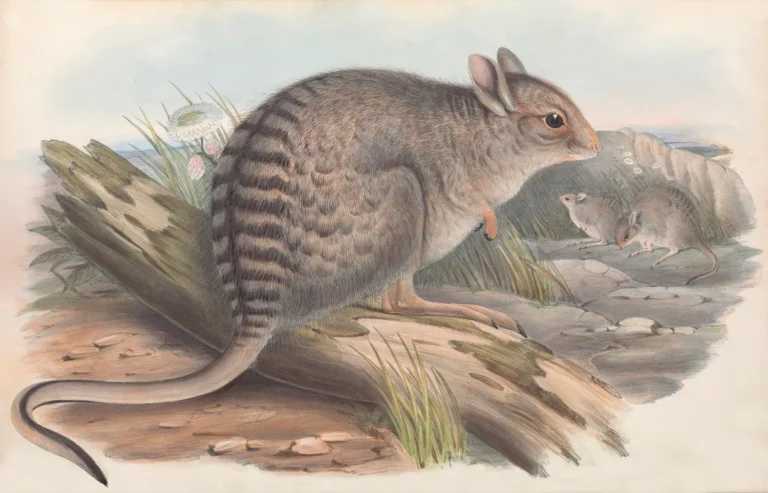Discovering the Smooth Handfish: An Extinct Marvel of Marine Evolution
Introduction:
The Smooth Handfish, scientifically known as Sympterichthys unipennis, was a unique and fascinating species of handfish native to the coastal waters of Tasmania, Australia. This small, bottom-dwelling fish was known for its distinctive pectoral fins, which resembled hands and allowed it to “walk” along the ocean floor. Sadly, the Smooth Handfish was declared extinct in 2020, primarily due to habitat destruction and changes in its marine environment. Its extinction highlights the vulnerability of specialized species to environmental changes and human activities.
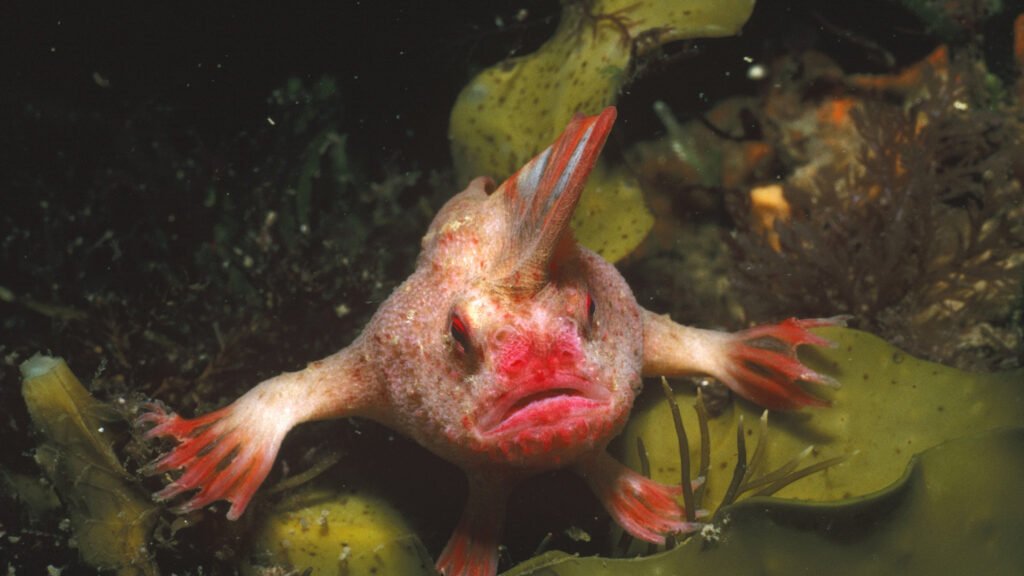
Facts:
| Attribute | Details |
|---|---|
| Scientific Name | Sympterichthys unipennis |
| Common Names | Smooth Handfish |
| Year Declared Extinct | 2020 |
| Kingdom | Animalia |
| Phylum | Chordata |
| Class | Actinopterygii |
| Order | Lophiiformes |
| Family | Brachionichthyidae |
| Genus | Sympterichthys |
| Species | S. unipennis |
| Natural History and Origin | Native to the coastal waters of Tasmania, Australia |
| Physical Information | Small, benthic fish with hand-like pectoral fins |
| Appearance | Smooth skin, elongated body, and distinctive hand-like fins |
| Scientist Names | Described by early marine biologists in the 19th century |
| Region | Tasmania, Australia |
Appearance:
The Smooth Handfish was a small, benthic fish, measuring about 15 cm in length. It had an elongated body with smooth, scaleless skin that varied in color from pale yellow to brown, often with darker spots or patterns. The most distinctive feature of the Smooth Handfish was its pectoral fins, which resembled hands and were used for walking along the ocean floor. Its eyes were small and located on the top of its head, adapted for its bottom-dwelling lifestyle.
Distribution:
Historically, the Smooth Handfish was found in the shallow coastal waters around Tasmania, Australia. These fish inhabited sandy and muddy bottoms, where they could use their hand-like fins to walk and forage for food. The limited distribution and specific habitat requirements made the Smooth Handfish particularly vulnerable to environmental changes.
Habits and Lifestyle:
The Smooth Handfish was a benthic species, meaning it lived on the ocean floor. It used its pectoral fins to “walk” along the seabed, a unique adaptation among fish. This handfish was solitary, spending most of its time camouflaged against the substrate, where it hunted small invertebrates such as crustaceans and worms. Its sedentary lifestyle and specialized habitat preferences made it an elusive and rarely seen species.
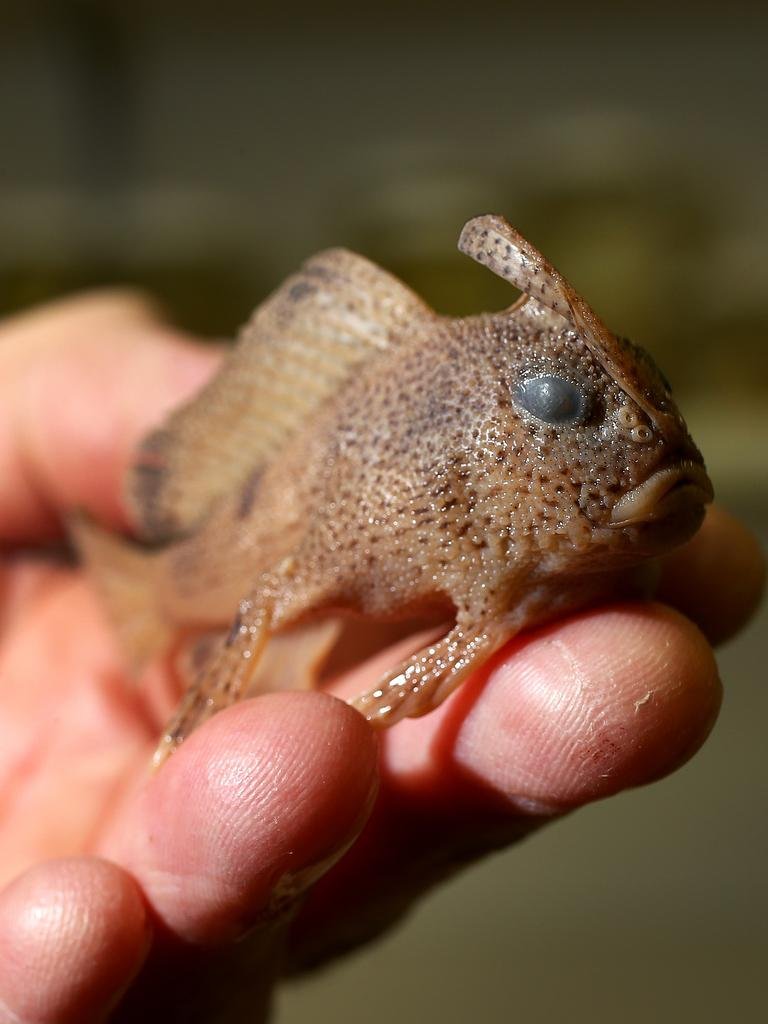
Physical Characteristics:
The Smooth Handfish had several physical adaptations that suited its benthic lifestyle. Its pectoral fins were modified to function like hands, allowing it to walk rather than swim. This adaptation provided greater control and precision when navigating the ocean floor. The fish’s smooth skin reduced drag and facilitated movement along the substrate. Its small, upturned eyes were well-suited for spotting prey and avoiding predators in its benthic environment.
Diet and Nutrition:
As a carnivore, the Smooth Handfish fed on small invertebrates found on the ocean floor. Its diet consisted mainly of crustaceans, worms, and other benthic organisms. The handfish used its hand-like fins to disturb the substrate and uncover hidden prey, which it then captured with its small mouth. This feeding strategy allowed the handfish to exploit a niche in its ecosystem, feeding on organisms that other fish might overlook.
Behavior:
The Smooth Handfish was known for its solitary and sedentary behavior. It spent much of its time resting on the ocean floor, where its coloration provided camouflage against predators. The handfish was also relatively inactive, relying on its ability to blend into the environment to avoid detection. During the breeding season, males and females would come together to mate, but little is known about their reproductive behavior.
Cause of Extinction:
The extinction of the Smooth Handfish was primarily due to habitat destruction and environmental changes. Coastal development, pollution, and destructive fishing practices contributed to the degradation of its habitat. Additionally, the species’ limited distribution and specialized habitat requirements made it particularly vulnerable to these threats. Despite efforts to protect marine habitats, the Smooth Handfish was declared extinct in 2020, highlighting the urgent need for conservation measures to protect other vulnerable marine species.
FAQs:
| Question | Answer |
|---|---|
| What led to the extinction of the Smooth Handfish? | Habitat destruction, environmental changes, and pollution. |
| When was the last confirmed sighting of the Smooth Handfish? | The species was declared extinct in 2020. |
| What did the Smooth Handfish eat? | It primarily fed on small invertebrates such as crustaceans and worms. |
| Why is the Smooth Handfish significant? | Its unique adaptations and specialized habitat highlight the diversity of marine life and the impact of environmental changes on vulnerable species. |
| Are there efforts to protect other handfish species? | Yes, conservation efforts are ongoing to protect other handfish species and their habitats. |
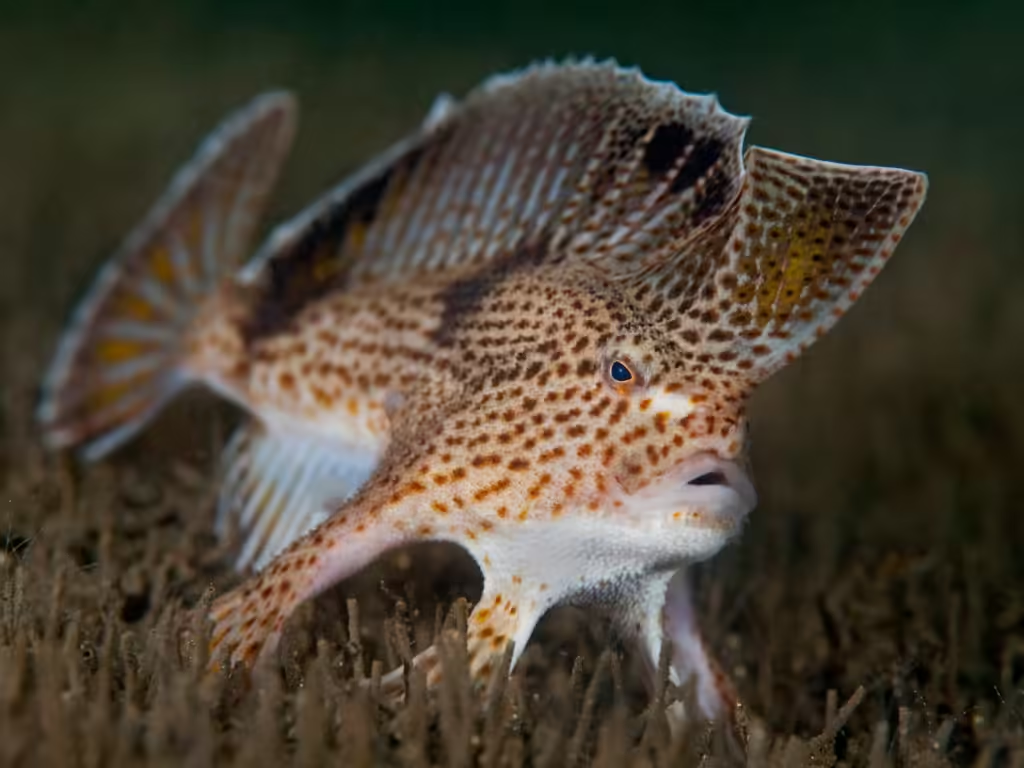
Categories:
- Extinct Marine Life
- Australian Wildlife
- Conservation Efforts
- Marine Ecosystems
- Sea Mink: The Lost Predator of the North Atlantic
- Moa: The Extinct Giants of New Zealand
- Dodo: The Iconic Symbol of Extinction
- Giant Wombat: The Extinct Behemoth of Australia’s Ancient Forests
- Toolache Wallaby: The Extinct Hopper of South Australia’s Grasslands
These details should provide a comprehensive overview of the Smooth Handfish, ideal for educational and conservation-focused content on your website.
Views: 5
